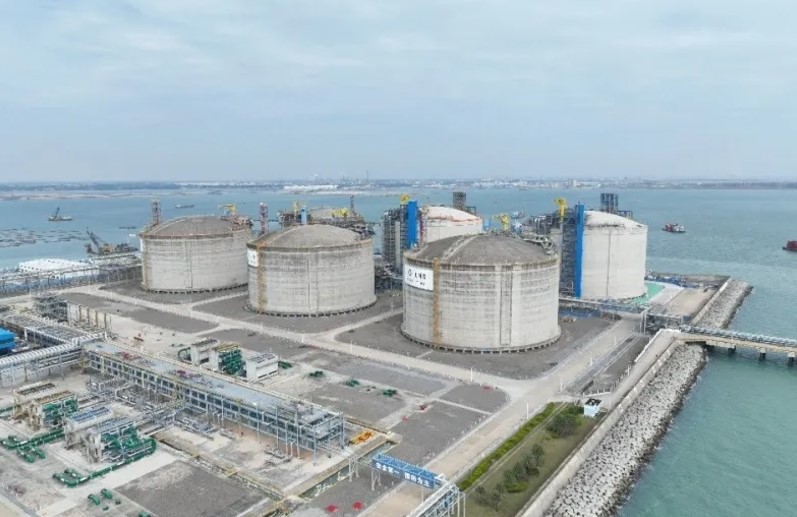This story requires a subscription
This includes a single user license.
According to a statement by PipeChina’s LNG terminal management unit on November 22, the second stage formally moved from the engineering and construction stage to the commissioning preparation stage.
PipeChina said the expansion project started on April 29, 2022.
It included building two 200,000-cbm storage tanks, a ground flare, a BOG compressor, and supporting facilities.
In September 2023, PipeChina completed raising the roofs on these two LNG storage tanks.
PipeChina said it will now work towards commissioning and operation of the second phase.
The firm did not say when it expects to commission the facility and start operations.
China launched PipeChina in December 2019 to acquire pipelines and LNG import terminals from the country’s state-owned energy giants.
PipeChina took over the Beihai LNG terminal from Sinopec.
The 6 mtpa LNG terminal currently has four operational tanks with a total storage capacity of 640,000 cbm.
Following the launch of the second phase, the terminal will have a storage capacity of 1.04 million cubic meters, optimizing gas supply of Guangxi and the surrounding areas.
In October 2022, the Beihai LNG terminal, located in the Tieshan Port Industrial Zone in Beihai Zhuang Autonomous region, received a cargo onboard the Q-Flex LNG carrier, Al Sahla, chartered by Qatargas.
At the time, the 216,200-cbm Q-Flex LNG carrier was the largest LNG carrier to call at the terminal since the start of its operations in 2016.
PipeChina LNG Terminal Management currently operates eight LNG receiving terminals and is building two more facilities.
This accounts for about one-third of China’s total LNG receiving capacity.
Earlier this year, the firm received the first LNG cargo at its Zhangzhou LNG import terminal in Fujian.

